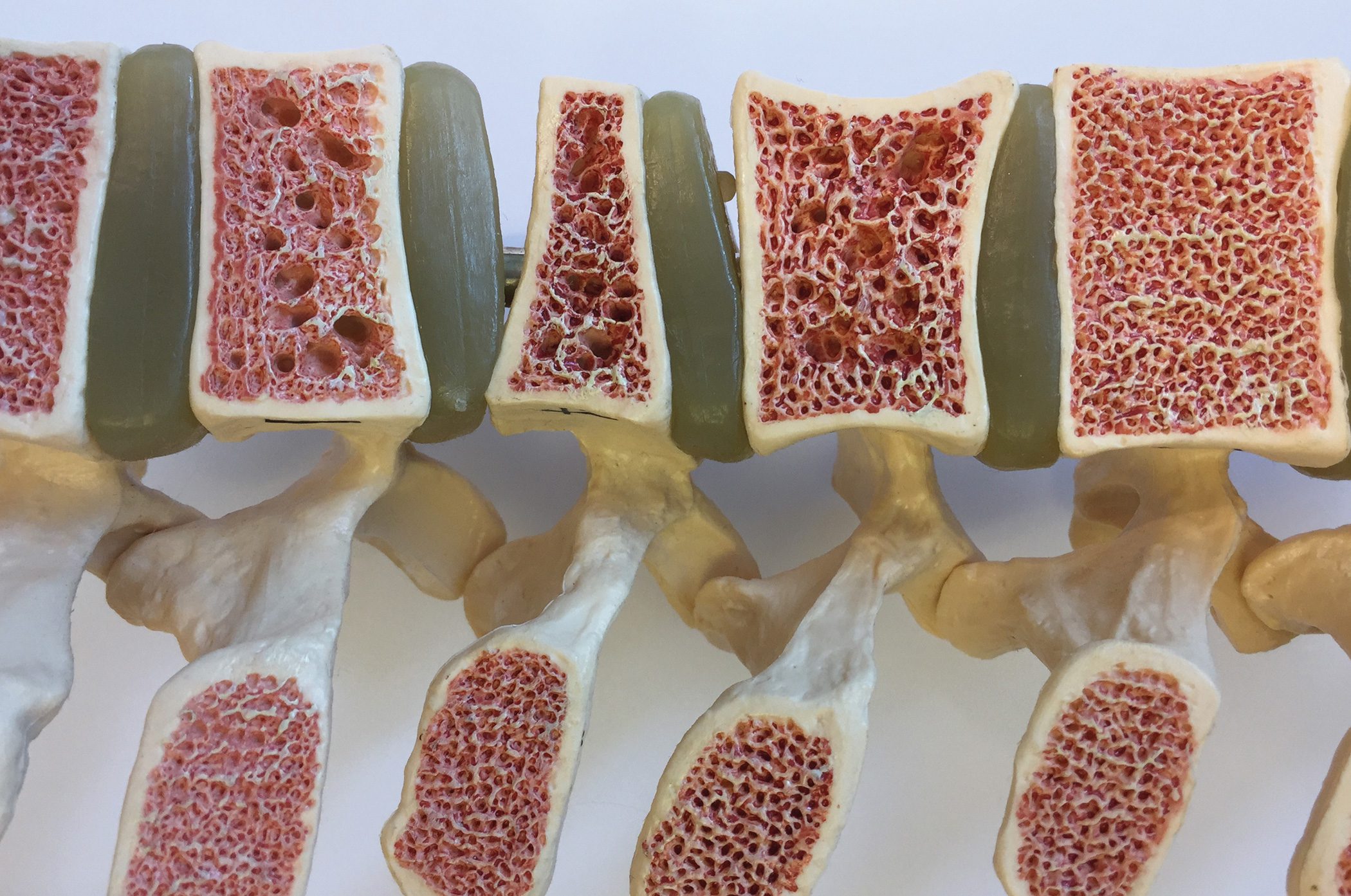Early outpatient evaluation prior to surgery is beneficial. This allows adequate risk assessment and planning of the entire perioperative process can be adjusted with a view to smooth performance of the procedure. However, unnecessary preoperative examinations should be avoided, according to the recommendation of various professional societies following the “smarter medicine” campaign. What does this mean in concrete terms?
The Swiss Society of Anesthesiology and Resuscitation, based on the guidelines postulated by “smarter medicine” (box) , proposes to avoid unnecessary examinations prior to surgery in patients without severe pre-existing conditions and to perform criterion-based preliminary clarifications to a limited extent in the case of patient-related risks [1,2].
|
The Choosing Wisely campaign has been running in Switzerland for several years and aims to define an optimal diagnosis and therapy for the individual patient. The smarter medicine supporting association was founded in 2017 with the participation of the Swiss Society of General and Internal Medicine (SGAIM) and the Swiss Academy of Medical Sciences (SAMS). The association is part of Choosing wisely International [1]. Originally, the “Choosing wisely” initiative was launched in the USA in 2011. The goal was to promote open discussion among physicians, patients and the public on the topic of overuse in medicine. |
Clarify and treat anemia preoperatively
Anemia must be clarified and treated preoperatively [2]. 30-50% of patients suffer from anemia prior to major surgery. Preoperative anemia has been associated with an increased need for blood transfusions, postoperative complications, and poorer outcomes after surgery. International guidelines advocate intravenous administration of iron to correct anemia in patients before surgery [3]. The 2021 WHO guideline on “Patient blood management” (PBM) describes diagnosis and treatment of anemia (especially iron deficiency-related anemia), minimization of blood loss, and avoidance of unnecessary blood transfusion as the three pillars of PBM [4]. UK National Institute for Health and Care Excellence (NICE) guidelines suggest offering oral iron supplementation to patients with iron deficiency-related anemia before and after surgery. Intravenous iron infusion should be considered in patients with poor tolerance of oral iron, functional iron deficiency, and when the interval between the diagnosis of iron-deficiency-related anemia and surgery is too short to be effective by oral iron supplementation [2,5]. The European Society of Cardiologists (ESC) has also included PBM in its 2022 recommendations for the perioperative management of patients with cardiovascular disease undergoing noncardiac surgery [6].
Patients on antiplatelet or anticoagulant medications: What to watch out for?
For patients on antiplatelet agents, the ESC suggests, among other things, the following [6,7]:
- When discontinuation of P2Y12 antagonists is indicated, the interval should be 3-5 days preoperatively for ticagrelor, 5 days for clopidogrel, and 7 days preoperatively for prasugrel are suggested (recommendation grade 1B)
- For procedures with a high risk of bleeding (Tab. 1) , ASA should be administered at a minimum of Be discontinued 7 days prior (recommendation grade 1C).
- Antiplatelet agents should be restarted no later than 48 h after the procedure, if interdisciplinary bleeding management permits (recommendation grade 1C)
- Regarding patients on oral anticoagulants (NOAKs), the ESC recommends the following approach [6,7]:
- If urgent surgery is indicated, NOAKs should be interrupted immediately (recommendation grade 1C)
- For procedures with intermediate and higher bleeding risk (Table 1) , discontinuation and restart of NOAKs should follow the strategy shown in Figure 1, which takes into account bleeding risk, renal function, and the particular NOAK preparation (recommendation grade 1B)
- For minor procedures and those without an increased risk of bleeding, the respective NOAK should be continued/not interrupted (recommendation grade 1B)
- If the risk of bleeding is high and in patients with a mechanical heart valve, molecular or unfractionated heparin should be considered for bridging (recommendation grade 1B)
- If the risk of bleeding is low, patients on NOAK should be operated on at the trough level (12-24 h after last dose) (recommendation grade 1C)
Prophylactic measures against perioperative hypothermia
Core body temperature is a vital sign parameter [8]. Perioperative hypothermia is a phenomenon resulting from suppression of central thermoregulation in the context of anesthesia and is also favored by prolonged exposure of large portions of the body to cool temperatures in the operating room [9]. Perioperative hypothermia can result in serious complications such as wound infections, delayed wound healing, coagulation disorders, and associated increases in the risk of bleeding and cardiovascular events [8,9]. The S3 guideline “Avoidance of perioperative hypothermia” published in 2019 recommends that body temperature should be measured by the preparatory organizational unit (e.g., ward, outpatient department, or holding area) even in outpatients prior to induction of anesthesia in order to prevent hypothermia by prophylactic measures [8]. Early, proactive warming, mostly via body surface warming systems, can maintain homeostasis of the body and thus contribute to the reduction of postoperative morbidity and mortality [9].
What interventions need to be questioned?
The Swiss Society of Anesthesiology and Resuscitation lists the following interventions as possibly avoidable (“top 5 list”) [9]:
The indication for surgery in cases of expected high perioperative morbidity/mortality and terminal illness should be discussed in advance together with all parties involved in the treatment, including the patient. In the process, it is possible to jointly agree on a realistically achievable therapeutic goal in the sense of “shared decision making”. It is also important to clearly define treatment boundaries, such as limited intensive care, and to identify alternatives that focus on the patient’s well-being and dignity. The risk for increased postoperative morbidity and mortality increases with age, generally from the age of >70 years, and additionally increases with reduced functional capacity (“frailty”).
Avoid blood transfusion if hemoglobin is ≥70 g/L – this applies to patients without relevant systemic disease in whom bleeding is controlled. Transfusions must be performed with consideration of comorbidities and clinical parameters such as assessment of hemodynamics and coagulation as part of patient blood management (PBM). Patients with anemia should be optimized preoperatively whenever possible, and blood-sparing measures can be used generously in surgeries where increased blood loss is expected (Table 1).

Routine preoperative diagnostics (laboratory, ECG, chest x-ray) should also be avoided in patients without relevant systemic disease. Routine preoperative diagnostics do little to identify patients at increased perioperative risk for complications. Pathologic findings of laboratory, ECG, or chest x-ray are rare in this setting and do not lead to changes in perioperative management, especially for procedures without increased risk. The decisive factor for a risk evaluation is always a precise medical history and clinical examination with the recording of physical performance. However, in the event of a conspicuous history or impaired performance, targeted further examinations are of course indicated. This is especially true for high-risk procedures, where certain preoperative examinations are necessary to ensure adequate perioperative care.
Congress: SGAIM Fall Congress
Literature:
- Gaspoz J-M: “Smarter Medicine” – focusing on the appropriateness of medical interventions”. Swiss Med Forum 2021; 21(5152): 867-868.
- “Preoperative clarifications in practice – Choosing wisely,” Roland Fischer, MD, SGAIM Fall Congress, Sept. 23, 2022.
- Richards T, et al: Preoperative intravenous iron for anemia in elective major open abdominal surgery: the PREVENTT RCT. Health Technol Assess 2021; 25(11):1-58.
- World Health Organization (WHO): The urgent need to implement patient blood management: policy brief. 2021, https://apps.who.int/iris/handle/10665/346655, (last accessed Oct. 12, 2022).
- National Institute for Health and Care Excellence (NICE): Blood transfusion, NICE guideline, 2015, www.nice.org.uk/guidance/ng24, (last accessed 12/10/2022).
- Halvorsen S, et al: 2022 ESC Guidelines on cardiovascular assessment and management of patients undergoing non-cardiac surgery. Eur Heart J 2022 Aug 26:ehac270. doi: 10.1093/eurheartj/ehac270.
- Interdisciplinary Clinical Hemotherapy Working Group, www.iakh.de/zeitschrift/neue-ESC-leitlinien.html, (last accessed Oct. 12, 2022).
- S3 guideline “Avoidance of perioperative hypothermia,” 2019 update. Final Version as of 05/15/2019, www.awmf.org, (last accessed 10/12/2022).
- “Top 5 Anesthesia,” www.smartermedicine.ch/de/top-5-listen/anaesthesiologie-und-reanimation, (last accessed Oct. 12, 2022).
- Steffel J, et al: 2021 European Heart Rhythm Association Practical Guide on the use of non-vitamin k antagonist oral anticoagulants in patients with atrial fibrillation. Europace 2021; 23: 1612-1676.
HAUSARZT PRAXIS 2022; 17(10): 51-53













